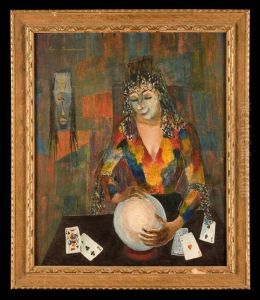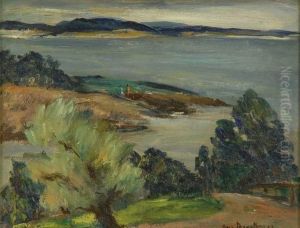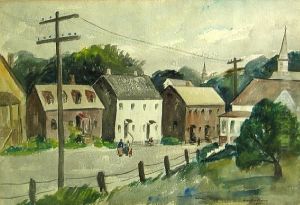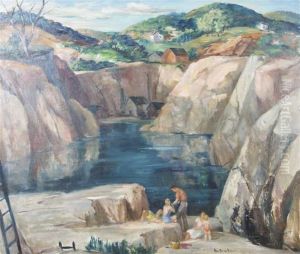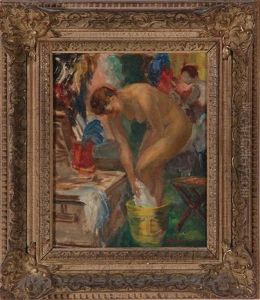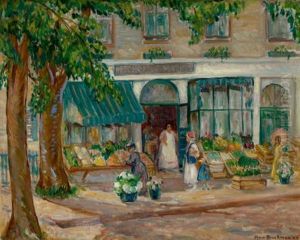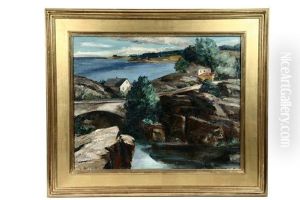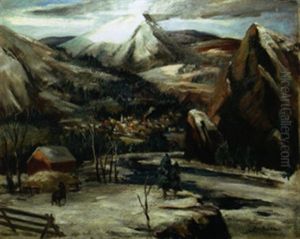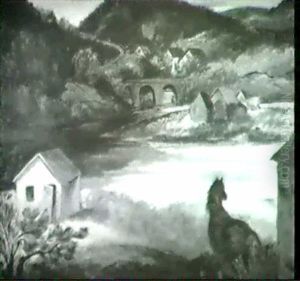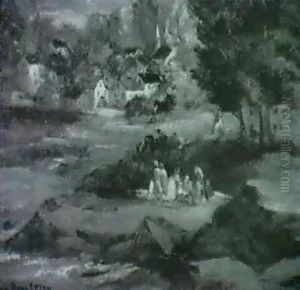Ann Brockman Paintings
Ann Brockman was an American artist born in 1896, notable for her contributions to the art world during the early to mid-20th century. Brockman's career spanned a critical time in American history, encompassing the Roaring Twenties, the Great Depression, and the early years of World War II. Her work, characterized by its vivid portrayal of American life, landscapes, and social scenes, offers a unique window into the era's cultural and societal dynamics.
Brockman received her formal art education at the prestigious Art Students League of New York, where she studied under renowned artists such as John Sloan and Kenneth Hayes Miller. This education played a significant role in shaping her artistic style, which combined elements of Realism and Impressionism. Brockman's paintings often featured vibrant colors and dynamic compositions, reflecting the optimism and dynamism of American society during the 1920s and 1930s.
Throughout her career, Ann Brockman was an active participant in the American art scene. She exhibited her work widely, including at the National Academy of Design and the Pennsylvania Academy of the Fine Arts, earning accolades for her distinctive style and thematic focus. Brockman was also a member of various art organizations, which allowed her to network with other artists and contribute to the development of American art during a period of significant change and innovation.
Despite her contributions to American art and her presence in prominent exhibitions, Ann Brockman's name is not as widely recognized today as some of her contemporaries. However, her paintings continue to be appreciated by art historians and collectors for their beauty and historical value, offering insights into the American experience during a transformative period. Ann Brockman passed away in 1943, leaving behind a legacy that, while perhaps understated, remains an important part of the American artistic heritage.
